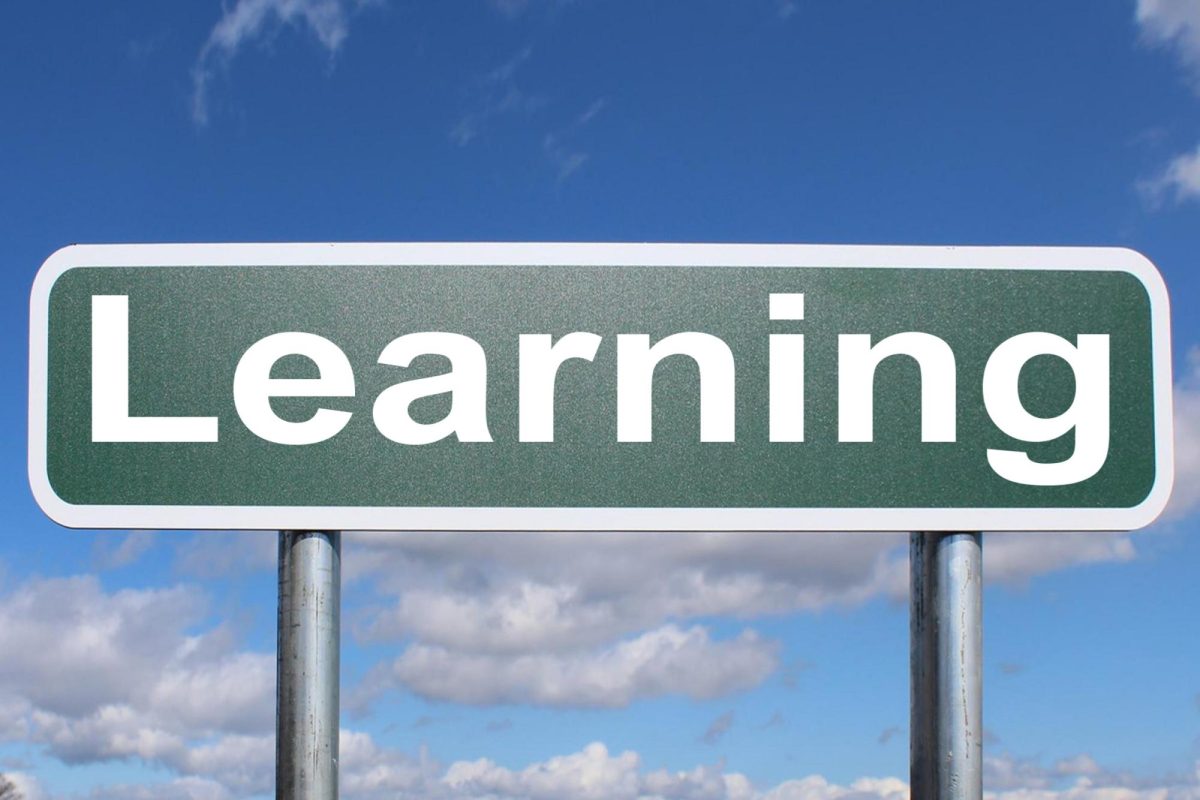In the foreign language hallway of West, there’s a poster on the door of Room 205 that mentions an excellent collection of languages taught in schools throughout the state of Wisconsin, a few of which are not offered in the School District of New Berlin such as American Sign Language (ASL for short.)
In particular, there are several benefits to learning ASL that cannot be acquired from mastering a foreign language. For instance, ASL practices the exercising of one’s fingers, hands, and arms; the dictionary defines ASL as a nonverbal language that relies on gestures. In other words, this means one would develop sharp reflexes in their joints to perform quick signs and build up resistance to the strain in the muscles from being held in the same position for an extended period of time.
Another benefit to learning ASL is that students would be exposed to the history of Deaf culture, which consists of stories not mentioned in any history textbooks at West. Take the Holocaust in World War II as an example. The Jewish faith wasn’t the only target in the plan for mass genocide. In one of the euthanasia programs known as ‘Aktion T4,’ which ran from 1939 until the end of World War II in 1945, aimed to erase the population of those with disabilities including deafness. In 2008, author Ann Clare LeZotte, published a literary account of a deaf teenager living in Germany during the time of Aktion T4 in her poetry-styled novel entitled T4: A Novel in Verse.
Nonetheless, the mistreatment of those who are deaf/hard of hearing extends into American history as well, which again, is not mentioned in textbooks at West. In this hidden history, the ideology of survival of the fittest played into the decision of endorsing the use of the oral method in school, meaning deaf/hard of hearing students were forced to speak at school, and using ASL in class came with consequences. This practice lasted into the 1960s, but as a result, only 20% of the deaf population uses ASL as their primary form of communication today.
Furthermore, the name American Sign Language is a benefit in itself. In explanation, the term American suggests that this nonverbal language uses vocabulary known to the American-English language, meaning that one would not be required to learn the written portion of ASL. However, in a different lexicon, one would have to develop the ability to translate the language they hear to English and vice-versa.
In a survey, 26 students were asked whether or not they believed ASL should be offered as a course at West. Out of these 26 students, 24 said that they would like to see ASL at West.
“It would benefit students who could use it in their future careers,” sophomore Maya Audi wrote.
Senior YueShi Mo also said she would enjoy seeing ASL offered at West, writing, “If everyone learned it, it would be like English, and everyone, regardless of a language barrier, could communicate.”
If ASL had been offered at West, senior Karlie Bellante said she would’ve taken the course as she had wanted to learn it for while, but she never found the time due to schoolwork.
Lauren Moehlenpah, who wrote in her survey that she was for seeing ASL offered at West, said that she was mostly fluent in the language and would like to be able to speak to others in ASL.
Brigitte Griffin, another person responded yes in her survey, wrote that ASL “is a skill anyone should have in a situation dealing with a deaf person.” Furthermore, Griffin added that the language is a different and unique way of communicating.
“I think it would be cool to be able to communicate with people who don’t always have the opportunity to speak with other people,” Juliet Hempe wrote.
Now, there may not be room for to hire a teacher to teach this class, but there are alternatives. For one, a club could form where ASL could be learned. Another option could be to offer it as a dual enrollment course where students could learn it at UW-Milwaukee. And lastly, ASL could be an online course.
And no matter what might be decided, no matter what the reasons are, ASL will always stand as the key to bridging the gap in communication in many ways.



